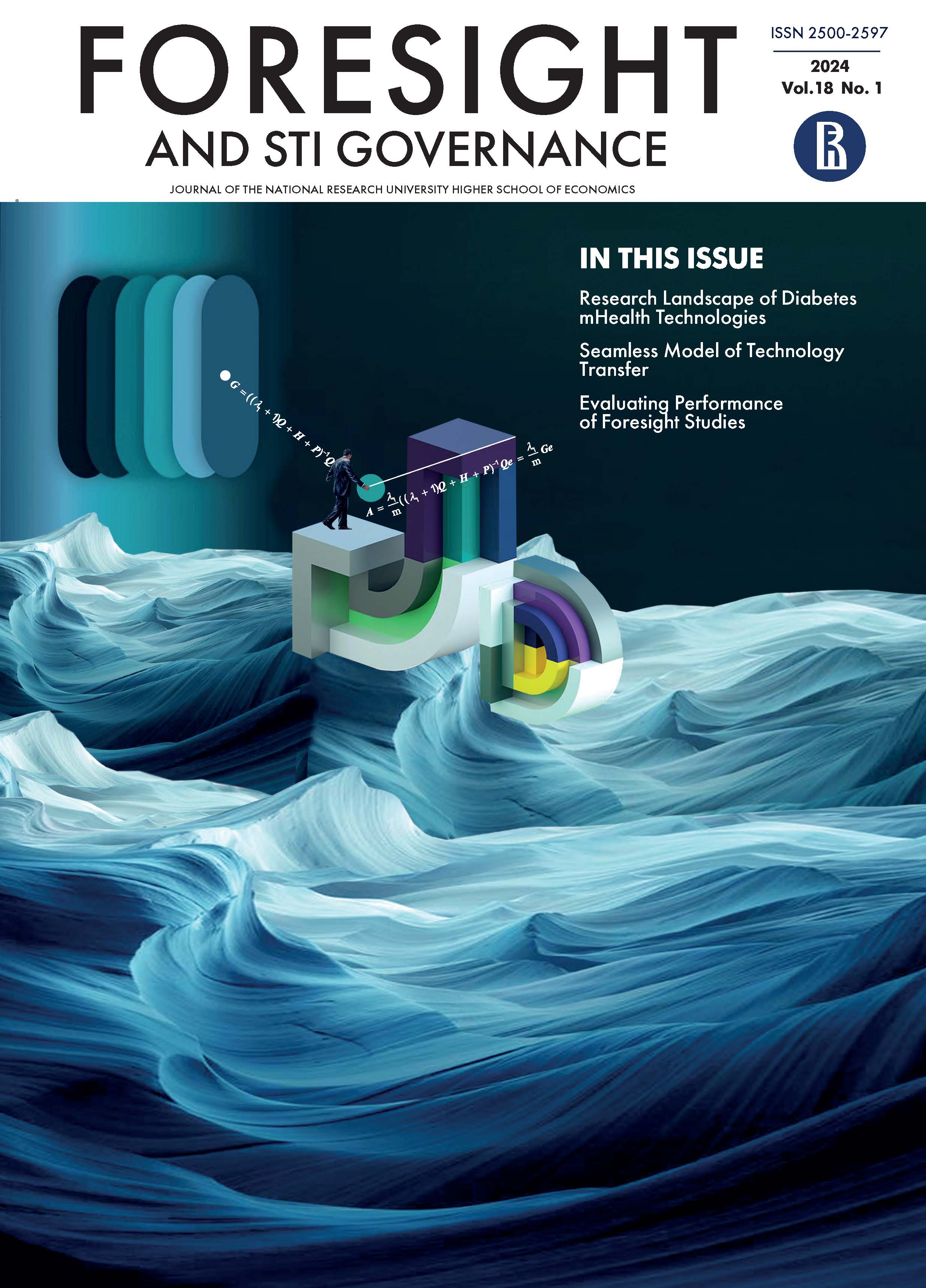Abstract
Technology transfer (TT) is essential in transforming and mobilizing technological knowledge from public research institutes (PRIs) and universities into innovations. The concept of TT has become the center of scholarly attention since implementing the Bayh-Dole Act in 1980. In its progression, TT models and practices varied across organizations. The standard adopted model at Indonesian PRIs and universities is the dissemination model. This classic model is problematic yet suitable for technological knowledge production within these organizations. Consequently, TT performance could be better; only a few technologies were successfully commercialized and became innovations. Meanwhile, most research results ended as publications and new intellectual properties. Therefore, a new model needs to enhance the TT processes. This study uses a multiple-case study approach to conceptualize a “seamless” technology transfer model. This model provides a holistic view of processes and components of technology transfer in the dimensions of knowledge creation, diffusion, and absorption, which are intertwined. The model differs from the existing concept that segregates components in each dimension; it allows actors and determinants to be involved (or utilized) in multiple dimensions to cater to a better TT process.

